Research Results
Research Results
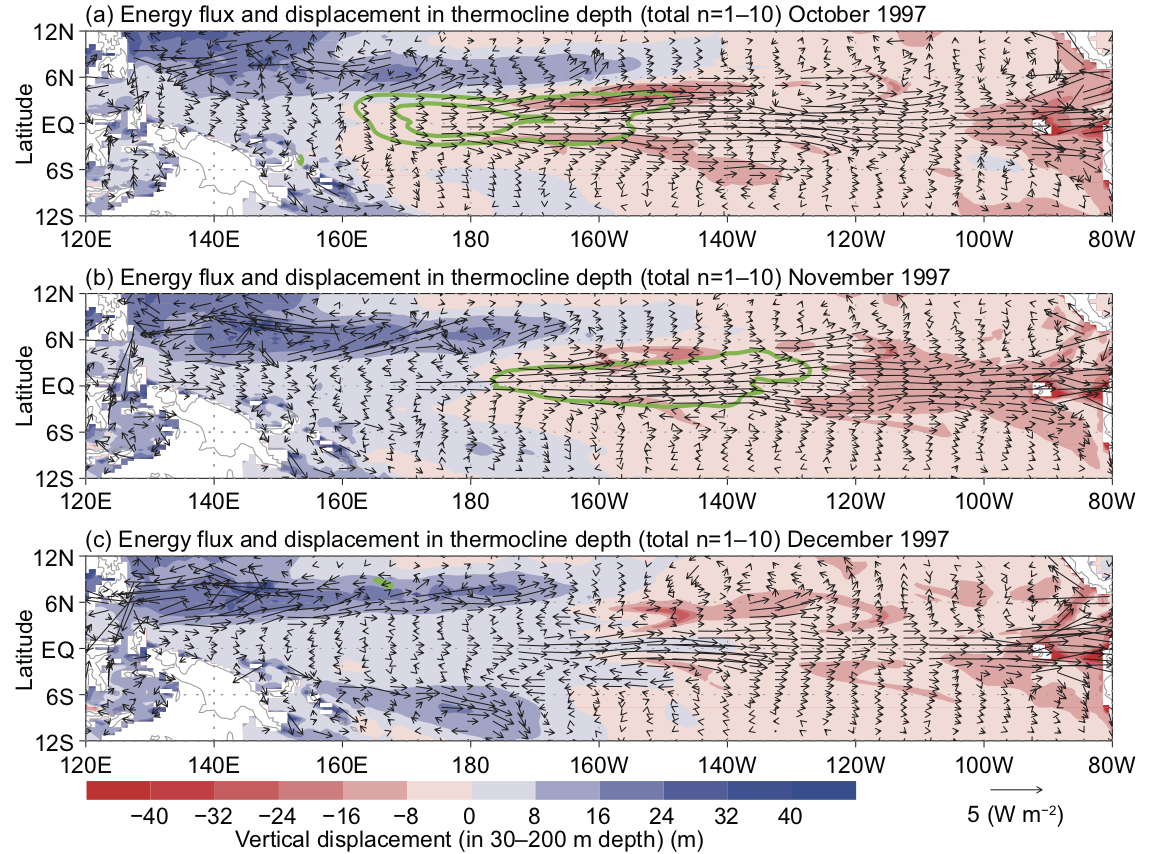
|
Tropical climate variation monitoring based on the tracing analysis of wave energy in the atmosphere and ocean[2021-05-17] |
|---|---|
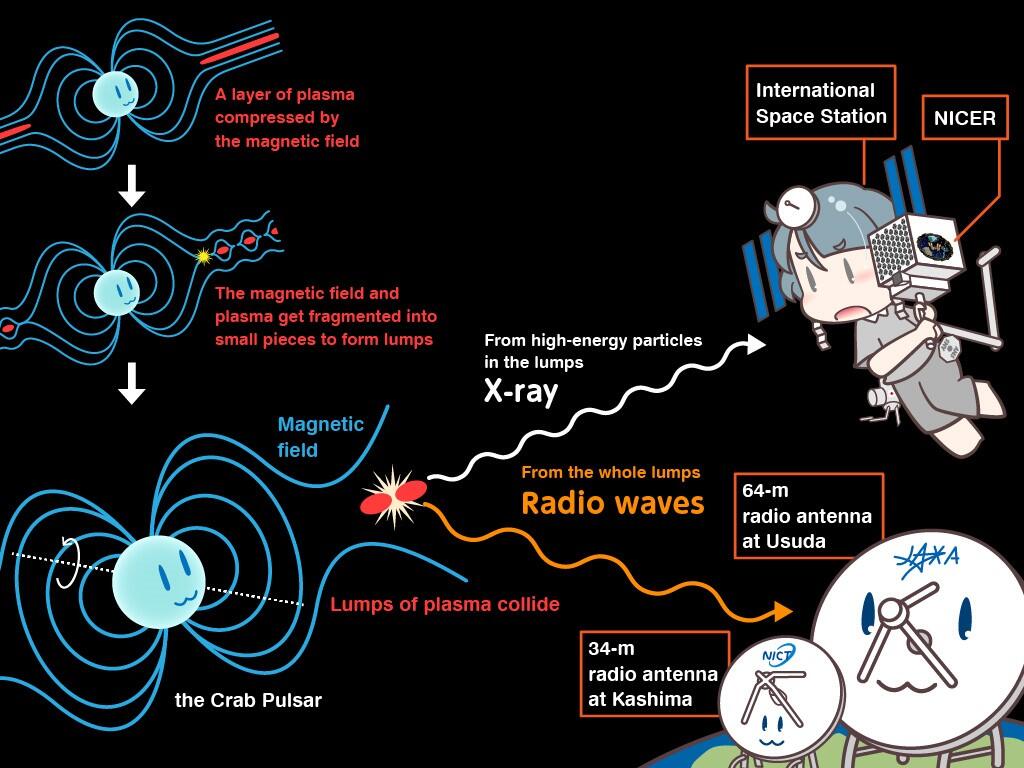
|
Detection of X-ray enhancements coinciding with giant radio pulses from the Crab pulsarAn international collaboration involving Professor Munetoshi Tokumaru (ISEE) discovered X-ray enhancement associated with giant radio pulses from the Crab pulsar [2021-04-13] |

|
The 3rd ISEE Symposium "PWING-ERG Conference and School"The 3rd ISEE Symposium "PWING-ERG Conference and School" was held on March 8-12, 2021 via online. [2021-03-16] |
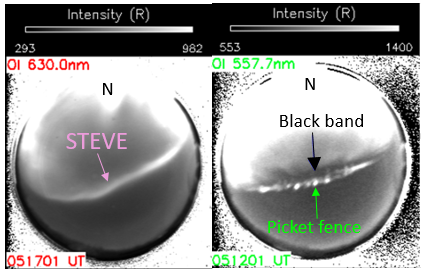
|
Multi-wavelength imaging observations of STEVE at Athabasca, CanadaDrs. Sneha Yadav, Kazuo Shiokawa, and Yuichi Otsuka of Division for Ionospheric and Magnetospheric Research report the first multi-wavelength imaging observations of STEVE, in collaboration with Athabasca University and University of Saskatchewan, Canada. [2021-02-08] |
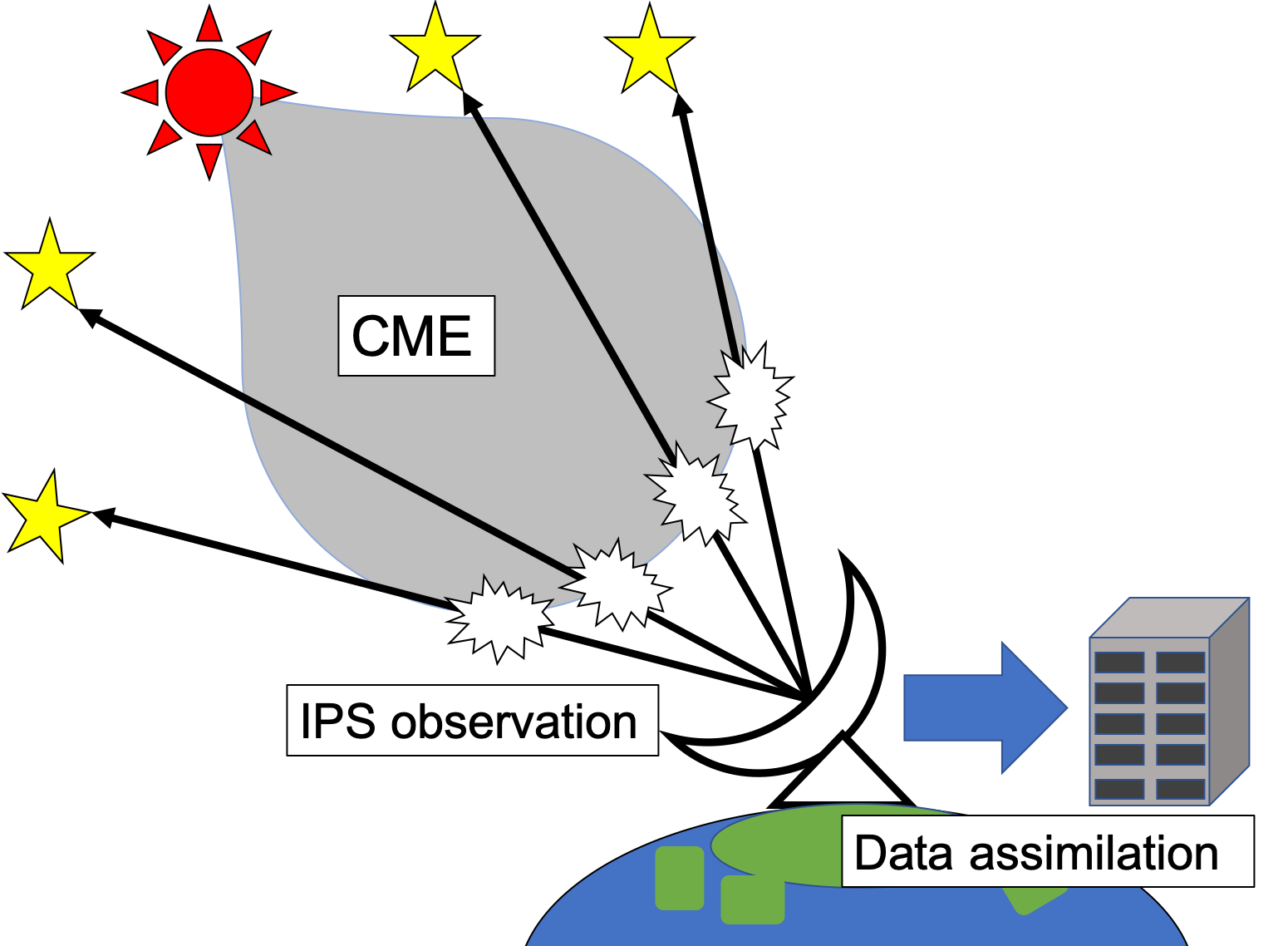
|
ISEE developed one of the most accurate solar storm arrival-time prediction systemsThe new solar storm prediction system developed by ISEE achieved the most accurate prediction for solar storm arrival-times in the world. [2021-01-18] |
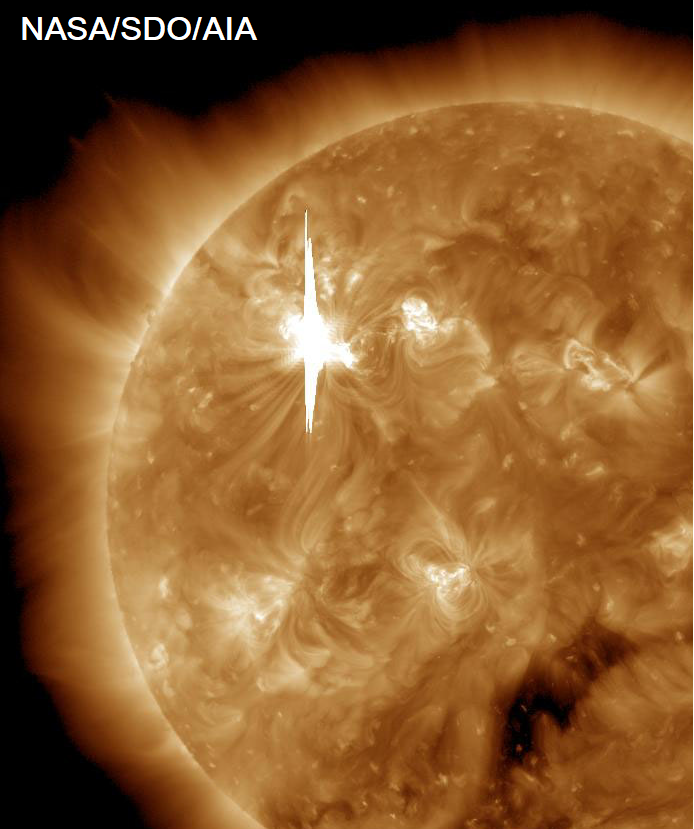
|
ISEE team developed the first physics-based method that can predict imminent large solar flaresThe research team led by Professor Kanya Kusano (Director of ISEE, Nagoya University) succeeded in developing the first physics-based model that can accurately predict the location and scale of imminent large solar flares. [2020-08-03] |
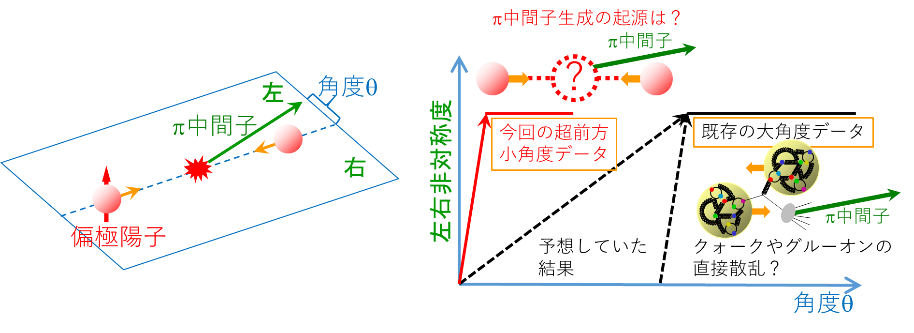
|
Large transverse asymmetry observed in neutral pion production in polarized proton-proton collisions
|
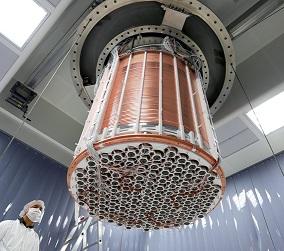
|
Observation of Excess Events in the XENON1T Dark Matter ExperimentScientists from the international XENON collaboration, involving Professor. Yoshitaka Itow (KMI, ISEE), Associate Professor. Masaki Yamashita (ISEE), YLC Assistant Professor Shingo Kazama (KMI, IAR), announced that data from their XENON1T, the world's most sensitive dark matter experiment, show a surprising excess of events. [2020-06-19] |

|
Prototype CTA Telescope Detects Gamma Rays from the Crab NebulaA prototype telescope with the Schwarzschild-Couder optical system, developed for the Cherenkov Telescope Array (CTA) project, successfully detected very-high-energy gamma rays from the Crab Nebula. [2020-06-02] |

|
A prototype focal-plane camera of the Small-sized Telescope of the Cherenkov Telescope Array project achieves its first light with silicon photosensors[2019-06-28] |
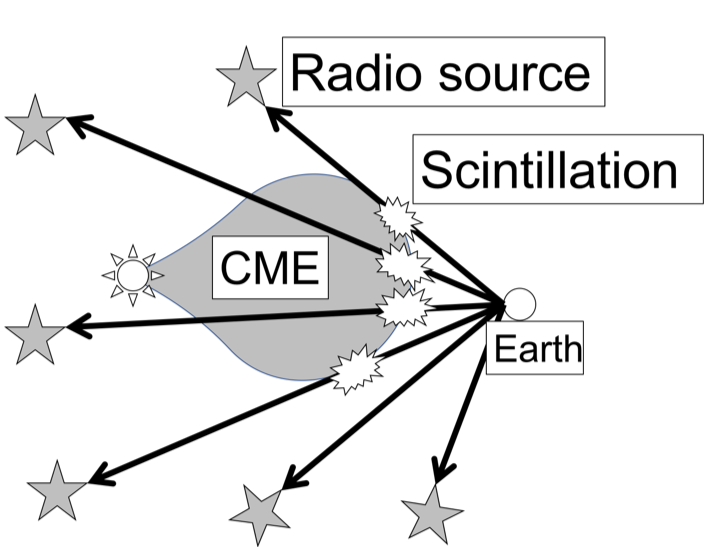
|
Development of a new space weather forecasting system using interplanetary scintillation observationsA new space weather forecasting system has been developed using the ground based interplanetary scintillation observations of ISEE and a global magnetohydrodynamic simulation of the inner heliosphere. [2019-06-27] |
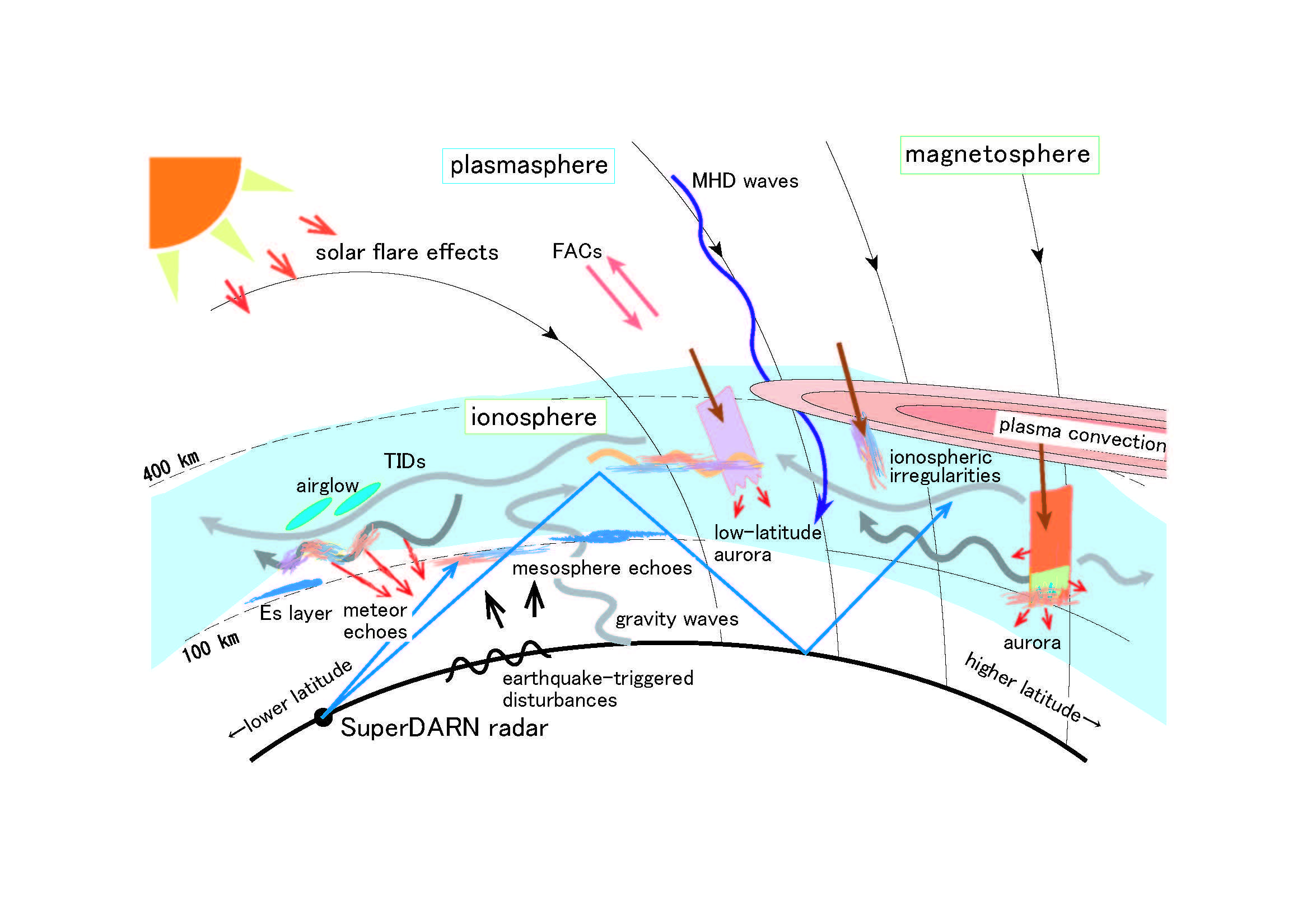
|
Mid-latitude SuperDARN review paper has been publishedThe mid-latitude SuperDARN review paper titled ”Review of the accomplishments of Mid-latitude Super Dual Auroral Radar Network (SuperDARN) HF Radars” has been published in Progress in Earth and Planetary Science journal. [2019-03-19] |
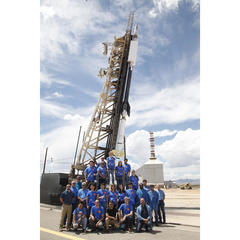
|
FOXSI-3 Succeeded in Focusing Imaging Spectroscopic Observation in Soft X-rays from the Sun for the First Time in the World!On September 7, 2018 MDT (September 8 in Japan time), an international team from Nagoya University, National Astronomical Observatory of Japan, Kavli IPMU at University of Tokyo, JAXA institute of Space and Astronautical Science, Tokyo University of Science, Minnesota University, University of California at Berkeley and NASA performed the thrid flight of the Focusing Optics Solar X-ray Imager (FOXSI-3) sounding rocket payload for solar X-ray observations from White Sands, New Mexico, USA. A high-speed X-ray CMOS camera developed in Japan was onboard, and the CMOS camera sucessfully performed imaging spectroscopy of X-rays from the Sun in a 0.5-5 keV range for the first time. We expect the FOXSI-3 observation will reveal detailed physical conditions of the solar corona and coronal small scale events. [2018-10-25] |
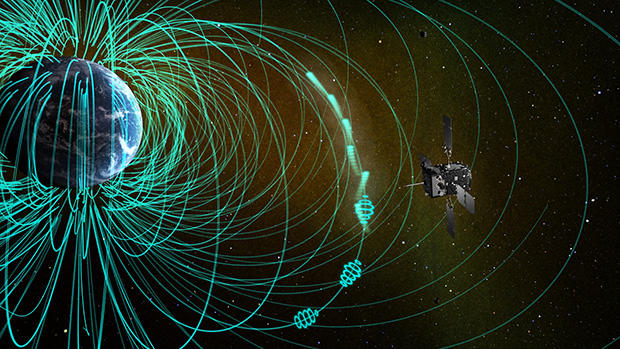
|
Arase identified pulsating aurora electronsThe Arase satellite for the first time identified the pulsating aurora electrons scattered by chorus waves in the magnetosphere. [2018-02-20] |
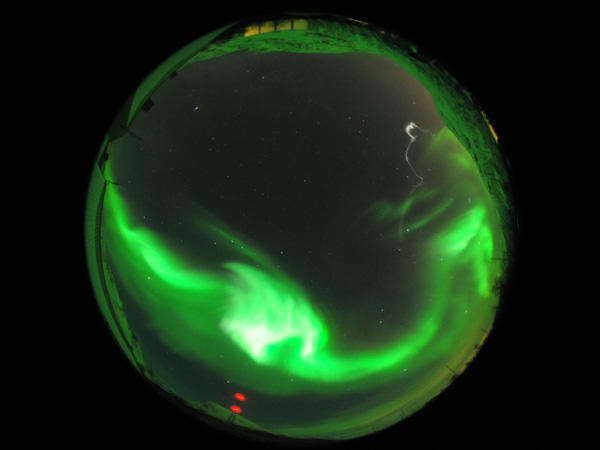
|
Complicated variations of the upper atmosphere near a breakup aurora - Eos Research SpotlightHow does the upper atmosphere change by auroral breakup, this is an outstanding question in the Magnetosphere-Ionosphere-Thermosphere coupling study. We published a paper in JGR Space Physics analyzing data taken from a sounding rocket and ground-based instruments. The paper was chosen as an article of Eos Research Spotlight. [2018-02-01] |

|
Identification of generation of plasma waves in geospace.The ISEE team identified the generation process of plasma waves in geospace by integrated studies on the satellite data analysis and supercomputer simulation. [2017-09-16] |
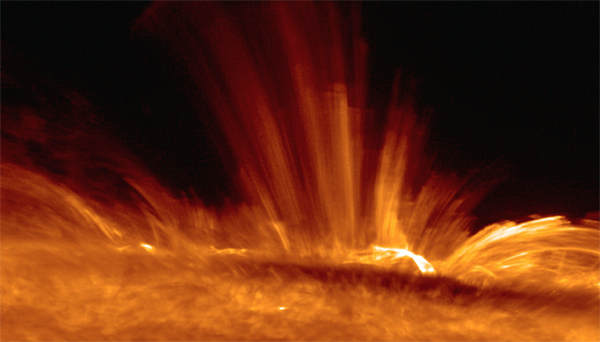
|
A joint observation by solar observing satellites Hinode and IRIS quantitatively explores the formation of the solar chromosphere[2016-11-01] |
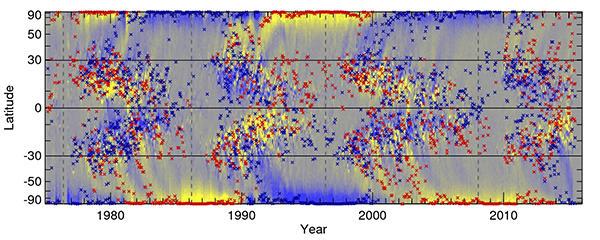
|
The distribution of coronal holes over the last 40 yearsIn a collaboration with Chubu University, we developed an automated prediction technique for coronal holes using potential magnetic field extrapolation in the solar corona using synoptic magnetogram data obtained at Kitt Peak National Solar Observatory (USA). [2016-09-06] |
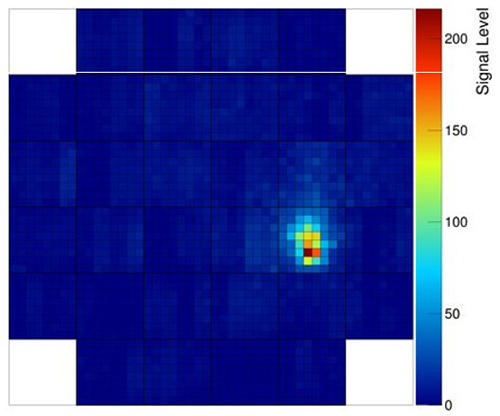
|
A Prototype of the Cherenkov Telescope Array Achieves First Light with Cosmic-Ray Air ShowersA prototype telescope and a camera of the Cherenkov Telescope Array successfully recorded cosmic-ray air-shower images. The prototypes were also inaugurated at the Paris Observatory. [2015-12-09] |
